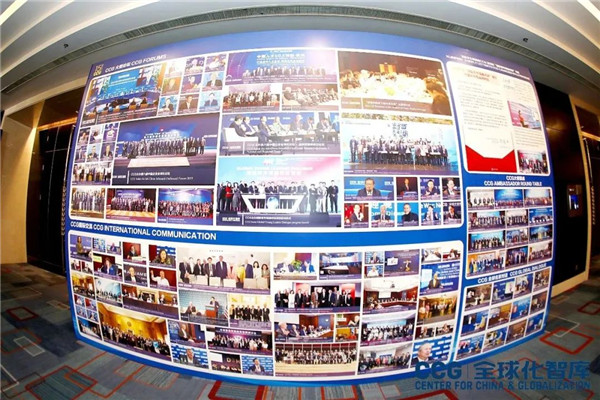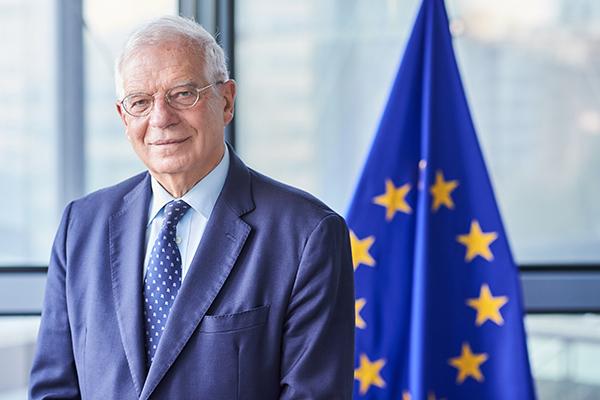Wang Huiyao: Green Power and Global Leadership, Why China can Lead the Climate Revolution
July 28 , 2025From SCMP, 2025-7-23
■ The question is not whether China is leading the world but whether it can sell its climate leadership fast enough to build a better future.
By Wang Huiyao | Founder of the Center for China and Globalization(CCG)
New York Times columnist Thomas Friedman wrote in 2007 that “Green is the new red, white and blue”, arguing that the United States could cement its leadership through clean technology. The ensuing decades have seen US political dysfunction turn that on its head. Now in 2025, he argues that US President Donald Trump’s “big, beautiful bill” will only “make China great again”.
It’s not hard to see why he might think that. There is an intimate connection between generation capacity and national economic output. In a world driven by increasingly energy-hungry AI models, large digital infrastructure outlays and traditional industrial processes, abandoning the cheapest form of energy generation yet discovered to defend legacy interests in fossil fuels seems foolish.
It has been a truism since the beginning of the 2020s that, per dollar spent on capacity, renewables now beat fossil fuels on price, and renewables are not dependent on a continuous stream of outside fuel at fluctuating prices.
In that challenge lies opportunity. In a world plagued by climate instability, energy insecurity and economic uncertainty, the next global leader will be crowned not by war or wealth but by capability and capacity. Delivering on clean energy at scale will be the leading edge upon which these are determined, and China is positioning itself at the centre of this transformation. It is becoming the world’s largest producer of solar panels and electric vehicles and underwriting a green revolution that could redefine global governance.
As economic historian Adam Tooze recently pointed out during a dialogue at the Centre for China and Globalisation, China has effectively ignited a green energy revolution, forging capacity where there was once only framework and far-off dreams of substitution. In 2023 alone, China installed more solar capacity than the entire world did the previous year, and it’s driving down the prices of installations elsewhere.
The cost of solar has dropped to just 11 cents per watt of capacity in 2024. As Tooze said, “Because that dominance – and it is dominance – of so many areas of production, very high quality, very high flexibility, and integration across the entire supply chain and reasonable cost, means that it’s difficult for other people to imagine their economic future.”
Just as steam power helped usher in the British Empire and the transistor catalysed American technological leadership, today green power is laying the groundwork for China to contribute to the next phase of global leadership. Unlike earlier industrial revolutions, by its nature the green transition must be collaborative, inclusive and global in scope.
Climate change is, after all, a problem that threatens us all regardless of borders, especially in the world’s least-developed regions. In these places, new installations will build out capacity that previously never existed.
Global governance must evolve to reflect this shared future. If China can help lead the world to curb climate change, we will not only contribute to stabilising the planet but also help write a new chapter in the architecture of international cooperation.
The transition is already bearing domestic fruit. China is moving from a state-led, subsidy-heavy model to a more efficient, market-driven green economy. Photovoltaic subsidies were phased out as the industry matured, allowing technological improvements and economies of scale to drive solar adoption on merit alone. Electric vehicle (EV) subsidies are being phased out, pushing domestic carmakers towards a renewed focus on innovation, quality and global competitiveness.
Yet China’s competitiveness also poses a problem. To fight climate change, we must overcome a growing trust gap. China’s rise up the value chain has already begun to displace incumbents in developed economies in areas such as automotive manufacturing, but displacement need not be the logic of China’s rise.
To anchor itself and support the green transition, China must build trust through action and do so in a way that does not deprive local economies of opportunity. It will need to continually embrace a global “going out” strategy, one that is “in the world, for the world” by tangibly investing in foreign markets to expand the capability of Chinese business and spread the rewards of economic integration.
The world can benefit from endeavours such as Longi Green Energy’s joint venture in solar manufacturing in Ohio and BYD’s first EV plant in Thailand. Chinese-built transmission lines, for example, can bridge solar farms in North Africa to power grids in Europe.
Of course, there will be resistance from entrenched interests and legacy industries. But for ordinary people around the world and governments seeking affordable power, the sooner the world’s green transition, the better.
If the 19th century belonged to steam and the 20th to silicon, the 21st will belong to those who master the green transition. The question is not whether China is leading this revolution. The real question is whether China can sell the world on its climate leadership fast enough to build a better, more sustainable future for all.
From SCMP, 2025-7-23
Topical News See more






